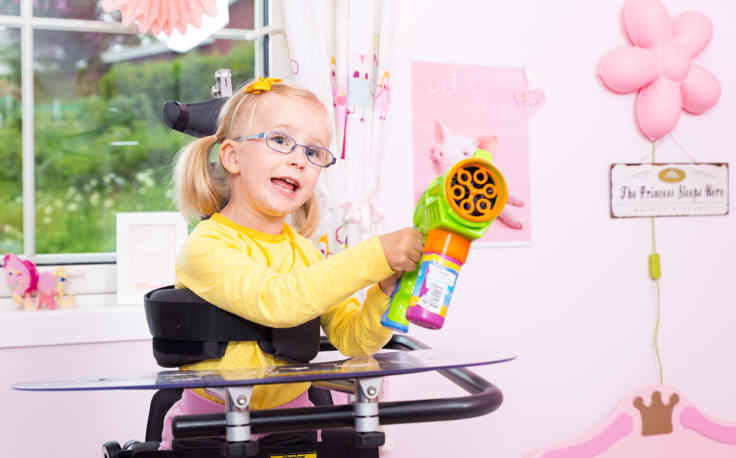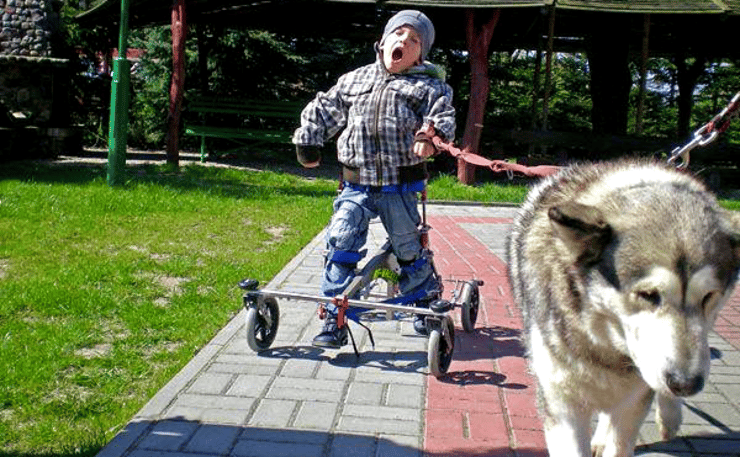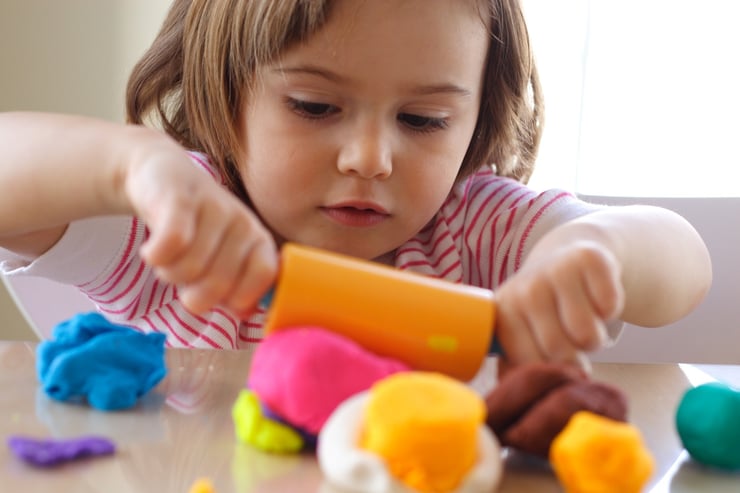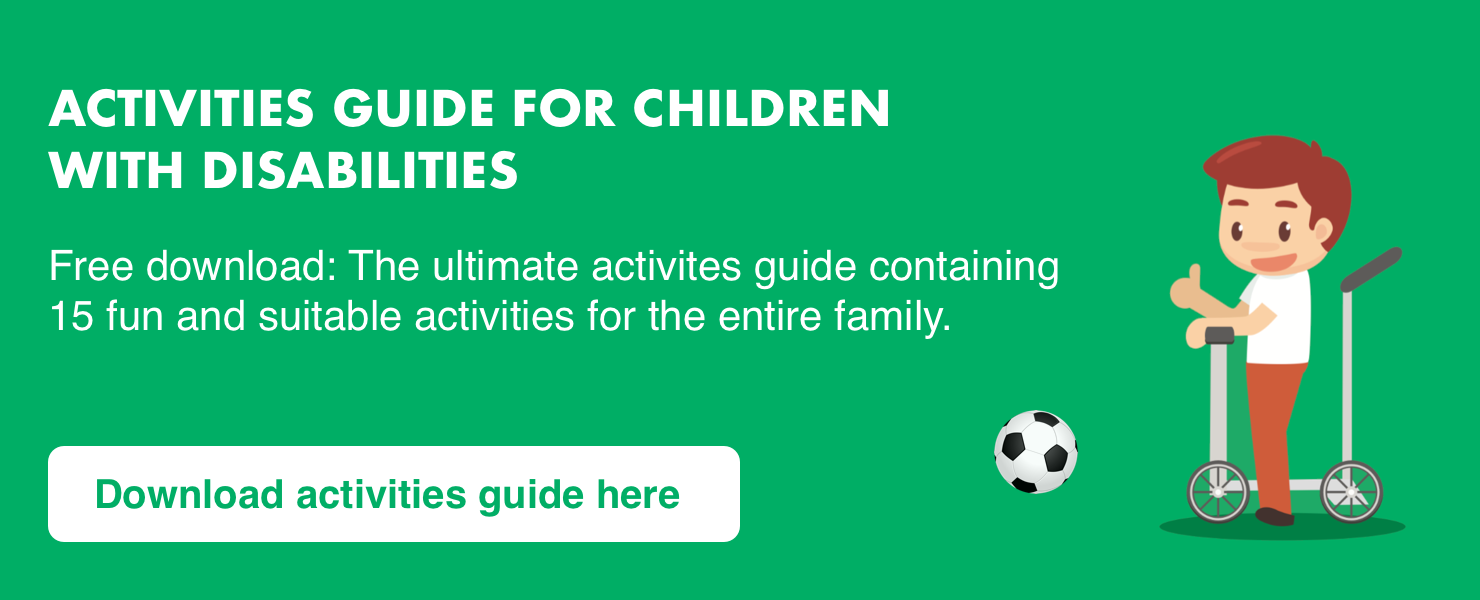
The only thing better than watching your child having fun, is having fun with them. It may seem like a struggle to play games and stay active when your child has CP, but it doesn’t have to be!
Playing with your kids are the most natural thing in the world. Yet it’s also natural for parents of children with disabilities to sometimes worry about them, and to think that it’s too difficult to participate in some ordinary activities and games, and therefore to remain active.
Have you ever wondered what types of assistive devices there are? Here is an overview of devices that breaks down the barrier of participation and activity limitations.

But remember, there is no such thing as impossible. You may have to modify the framework, but most of the time you can accomplish a lot more than you think.
The NF-Walker, Innowalk and other assistive devices can help to a great extent, and can function as a helping hand when it comes to open up the child’s horizons – particularly the Innowalk, with its table for toys, and the NF-Walker, which can even be used to allow children to play soccer and take dogs on a walk.

There are of course some limitations to consider, but the main goal should be to feel as a part of the activity or game, and of course to have fun!
Here’s a small selection of activities that the whole family can enjoy:
Table Bowling
First, line up a row of objects on your kitchen table – perhaps apples, tin cans or bottles filled with a little bit of water to keep them steady. Use a ball and hit as many as you can.
You can use balls with different sizes and material. A soft ball might be easier for the child to grip. For variation you can try different ways to throw the ball: one hand; two hands; above your head; or perhaps between your legs?
And, ff you want to turn it into a competition with proper scores – well, why not?
Monster Drawing Game
This game requires a minimum of two players, and the point is to create a drawing of a crazy creature. Be sure to find pens or markers that your child can manage.
Decide on your body parts – maybe head, torso, bottom, legs, feet – then taking turns, draw the head, then fold the paper over so the next person can’t see what you’ve done, then pass it on.
Continue the process until all the other body parts have been drawn, all the way down to the feet. At the end, open it up and reveal your monster. Give everyone the chance to start with the head.

Cooking Class
Cooking is such fun, but in daily life, it can become a chore. So why not turn it into a fun activity? First, let your child decide what you’re having for dinner (including dessert: this is a treat, after all).
Line up the ingredients you need, put on your aprons, and turn dinner into a really good time: chopping, beating, baking, and making. Remember, you can always clean up in the morning…
Reading Time
Reading books is one of the most enjoyable, calming activities we can do, and assistive devices allow your child to read in an upright position. They don’t even have to be children’s story books, you can also look through old photo albums and family scrapbooks.
It’s good for posture too. Adding an angled table to the child’s Innowalk or stander makes reading more comfortable, and encourages your child to keep his or her head up.

Get Creative with Play-Doh®
This is a perennial. Get the Play-Doh®, and use cookie cutters with large handles and a big rolling pin from the kitchen. What can you make? Household objects? Cars and lorries? More monsters?
Tell Us Your Ideas
Have you tried out any other fun activities while using our assistive devices? Please share your experience in the comment section or on our Facebook page. We’d love to hear from you.

The author worked as Head of Marketing for Made for Movement for 7 years before she pursued other adventures in her own company. Trine Roald has over 20 years of international experience within a variety of industries. As Head of Marketing for Made for Movement she was passionate about communicating stories and know-how featuring possibilities for improving the quality of life among people with severe disabilities.
A severe accident during a hockey game resulted in 35-year-old Tobias breaking his neck and becoming paralysed from the armpits down....
In this blog, we take you on a deep dive into universal design so you can understand and recognize how these principles are...
A disability entails the loss of, damage to, or deviation from bodily or psychological functions, in the form of mental, physical,...
Hear from us from time to time and learn new things

